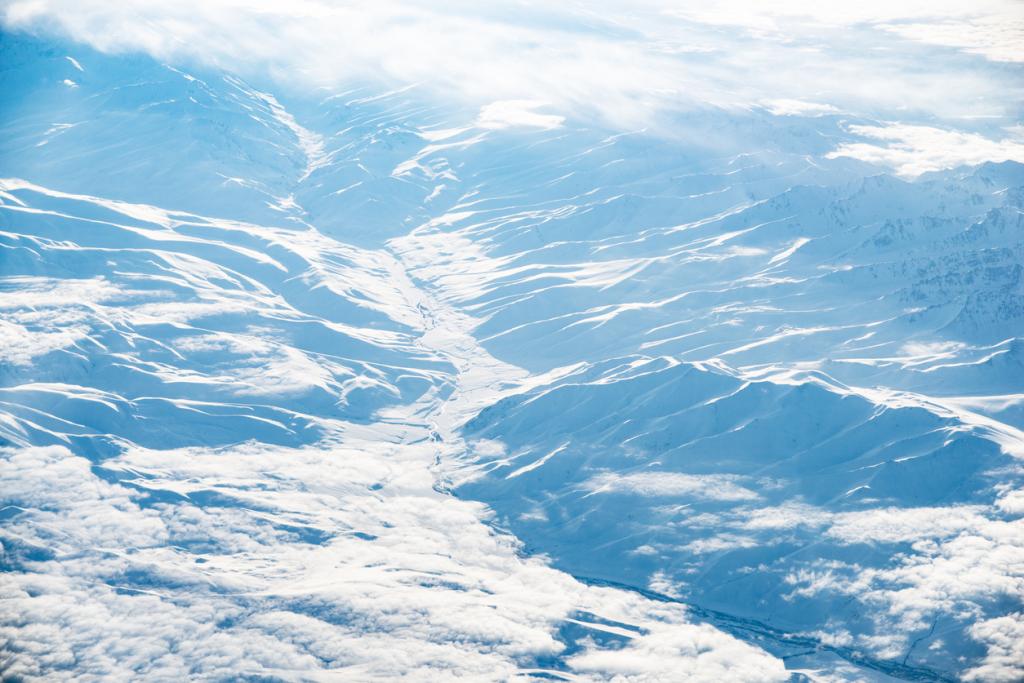Antarctica’s sea ice has been recorded low level of about 14.2 million sq. km, significantly below the normal extent of 16.7 million sq. km for this time of year.
What’s in News?
The sea ice extent of Antarctica was about 14.2 million sq. km as of 25th July, the normal extent of sea extent for this year should be closer to 16.7 million sq. km.
Antarctica lost about 2.6 million sq. km of sea ice compared to the long-term average of the satellite era.
Alarming Trend
There has been significant drop in winter sea ice extent from 2015, compared to record highs observed in the years 2012 to 2014.
Causes of reduced sea extent
- High temperature in the Northern Hemisphere: The northern hemisphere’s warning has repercussions for Antarctica’s climate, leading to the reduction in sea ice cover.
- Warm air from the North: The transportation of warm air from the northern regions to Antarctica is contributing to the reduction inn sea ice cover.
- Southern ocean and climate change: The southern ocean encircling Antarctica normally freezes to form sea ice during peak winter (September or early October) and melts during summer (December to February).
Implications and Climate Change
- Environmental Impact: The record low sea level extent poses potential threat to the marine life accustomed to colder temperatures.
- Reduced sea ice leads to warmer temperature which will cause potential disruption to ecosystems.
- Reduced sea ice can accelerate the melting and thinning of glaciers.
- The give rise to the existing sea level which has already increased by 21-24 centimeters since 1880, according to the National Aeronautics and Space Administration (NASA).
- Continued loss of ice from Antarctica could exacerbate the sea level rise, impacting coastal areas and human settlements worldwide. Find More International News Here




 PM Modi Receives Oman’s Highest Honour, ...
PM Modi Receives Oman’s Highest Honour, ...
 Who Is Sai Jadhav? India’s First Woman O...
Who Is Sai Jadhav? India’s First Woman O...
 India and Saudi Arabia Sign Visa Waiver ...
India and Saudi Arabia Sign Visa Waiver ...







